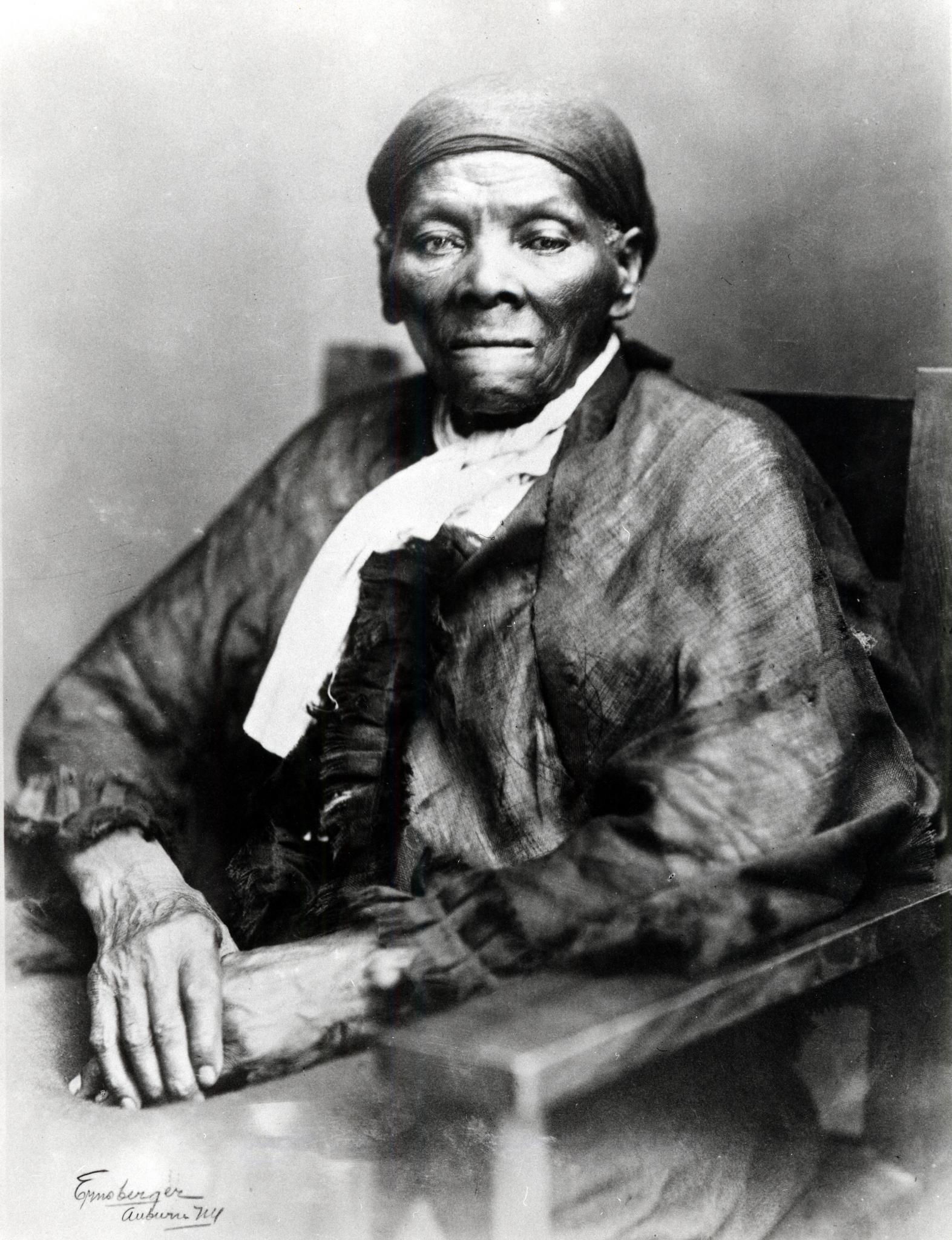
The preliminary design for the widely discussed and anticipated Harriet Tubman $20 bill was recently published in The New York Times.
The 2020 release of the bill—which would have finally knocked Andrew Jackson, a past U.S. president who owned enslaved Africans, off of the paper currency—was supposed to coincide with the 100th anniversary of the 19th amendment, according to the New York Times.
Instead, Treasury Secretary Steven Mnuchin announced last month that the design would be delayed by six years due to technical reasons.
The work behind the preliminary design, obtained by the Times, was completed in 2016. The Tubman note was proposed by past Treasury Secretary Jacob J. Lew of the Obama administration, according to the Times.
The plans for the note were very much in motion. A unanimous source, at the Bureau of Engraving and Printing, told the Times that they saw a metal engraving plate and digital image of the new $20 with Tubman’s portrait on it as recently as May 2018.
Some have speculated that Trump may have stepped in to keep past President Andrew Jackson on the bill. However, Mnuchin told Congress that new security features were the only reason for extending the deadline, according to the Times.
“There is a group of experts that’s interagency, including the Secret Service and others and B.E.P., that are all career officials that are focused on this,” Mnuchin told the Times. “They’re working as fast as they can.”
The Tubman $20 bill has bipartisan support, and many politicians want more details on the reason for the delay.
In a letter obtained by the Times, Republican Gov. Larry Hogan of Maryland wrote Mnuchin asking him to speed up the process.
“I hope that you’ll reconsider your decision and instead join our efforts to promptly memorialize Tubman’s life and many achievements,” Hogan wrote.
